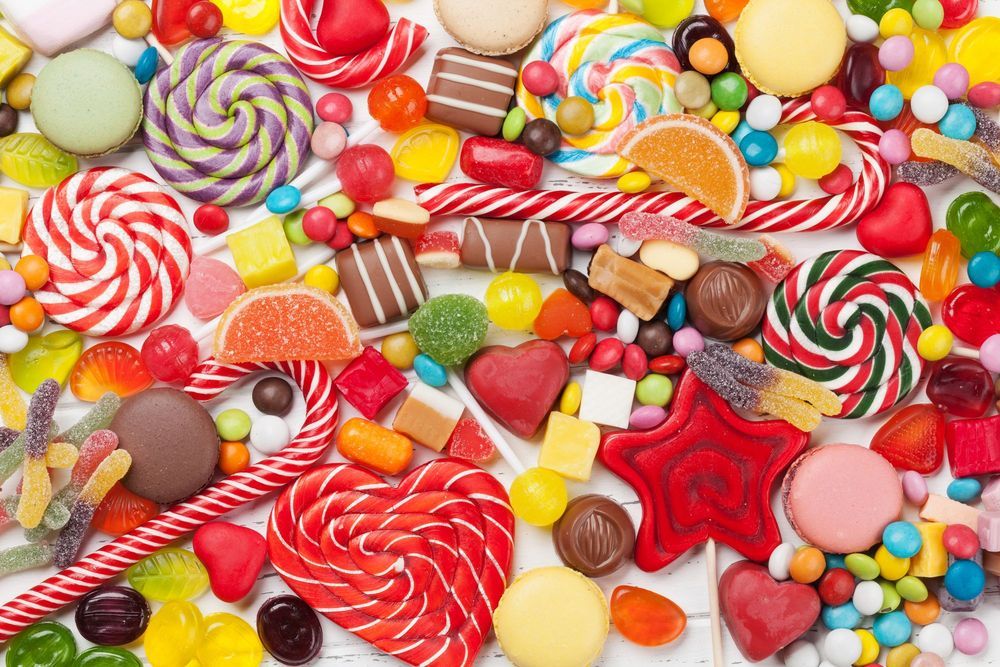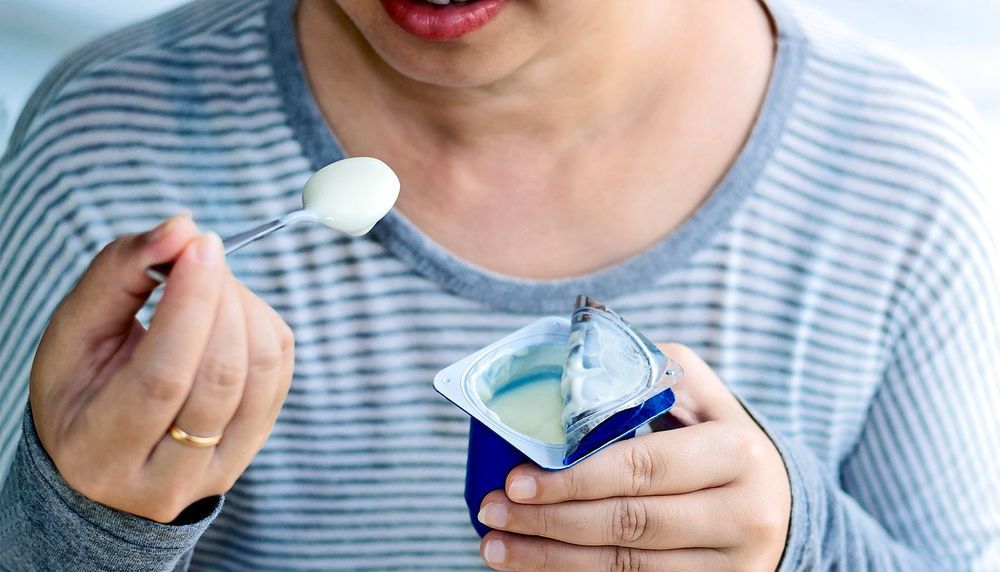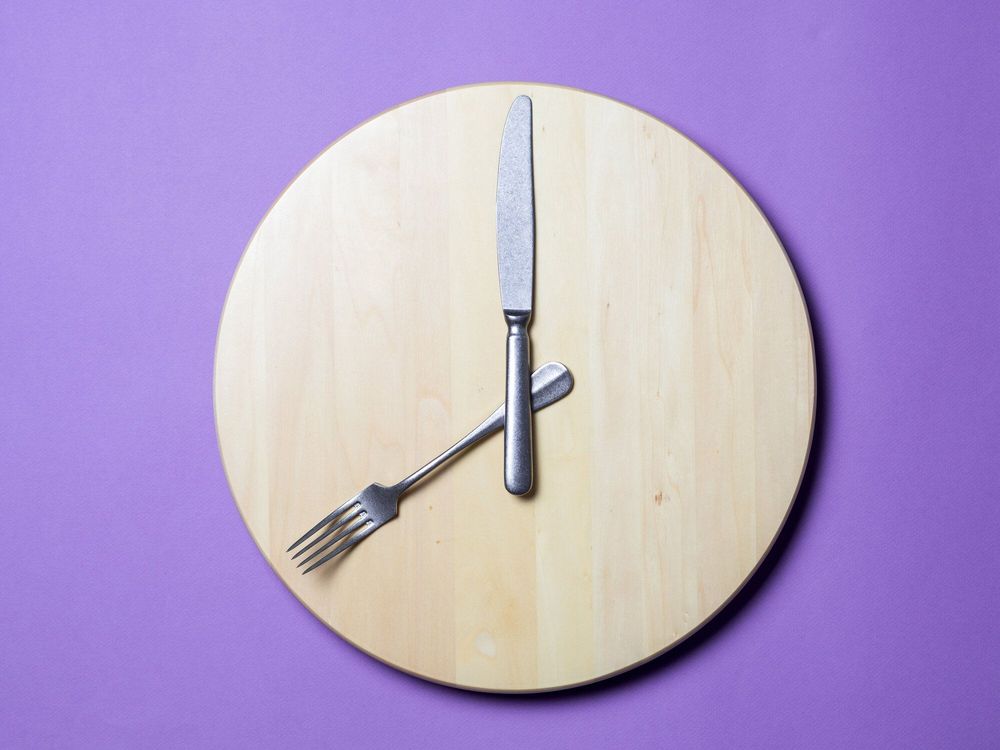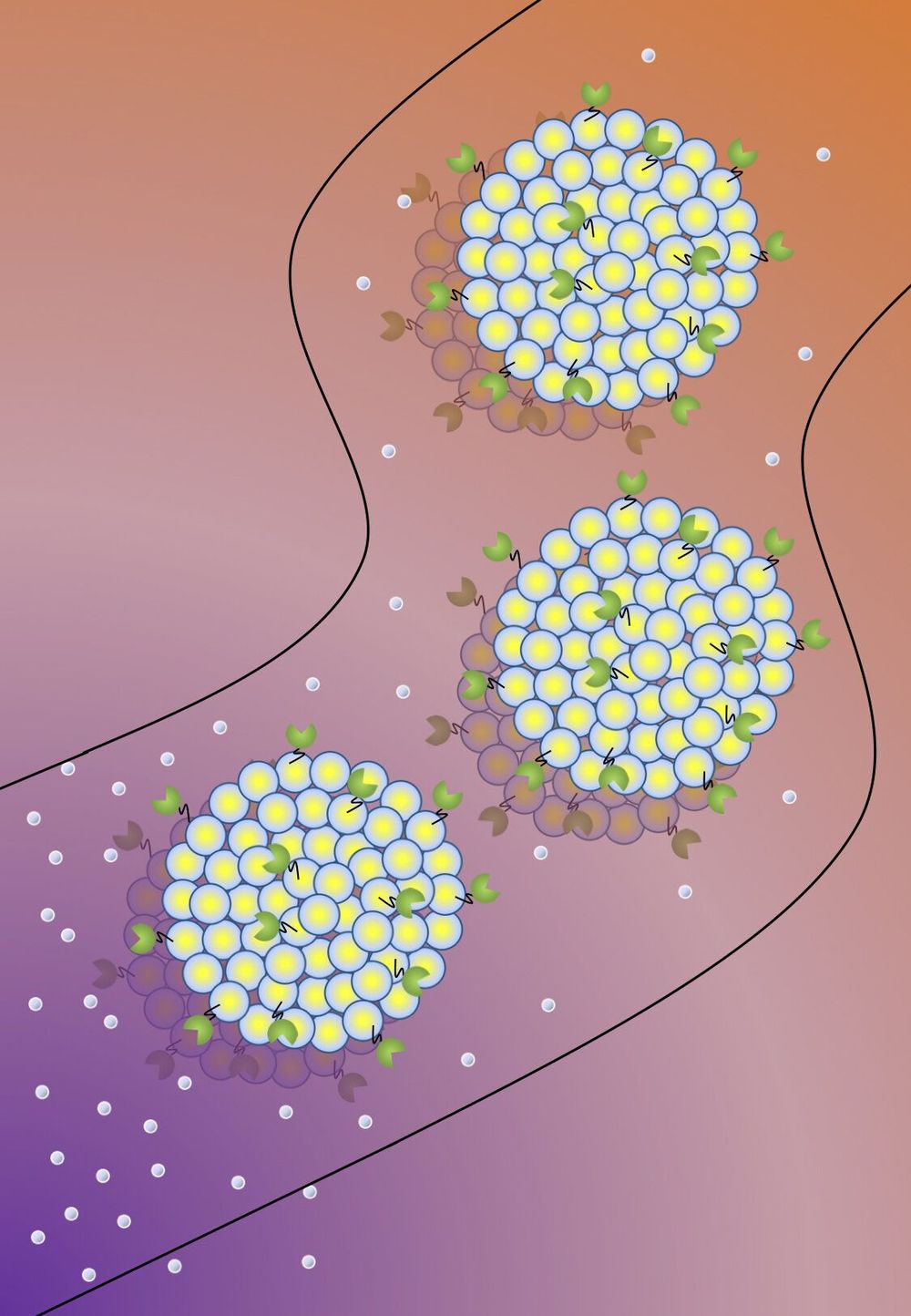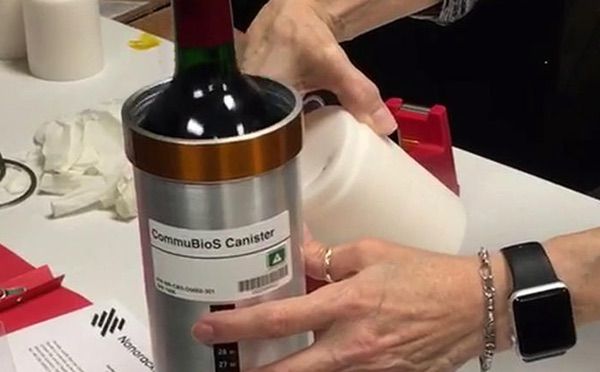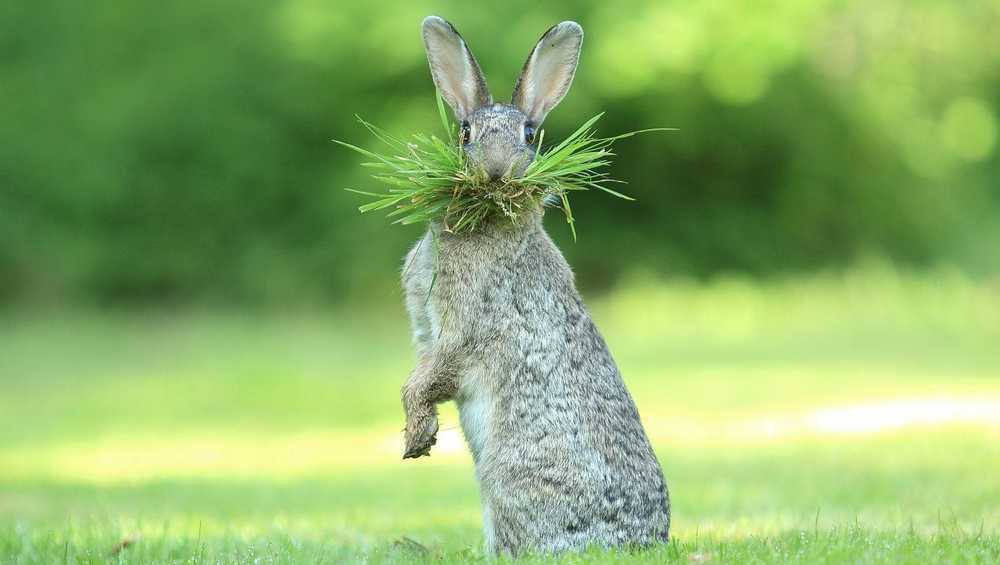Sugar poses one of the most pressing health problems in the modern world – not least because it’s just so delicious. Rather than quitting sweets cold turkey, low-calorie alternatives to sucrose could make tasty treats that are at least less bad for us. And now, researchers from Tufts University have developed a more efficient method for producing one such sweetener, using farms of bacteria.
The sugar in question is called tagatose, which the FDA says is “generally regarded as safe.” It’s 92 percent as sweet as sucrose – regular old table sugar – but because the human digestive system doesn’t metabolize as much of it, it only has 38 percent of the calories. That, in turn, means tagatose has a much smaller effect on blood glucose and insulin, making it safe for diabetics. And to cap it off, tests show that it doesn’t contribute to cavities or tooth decay.
But, of course, there’s a catch – tagatose is a little complicated to produce. Normally, it’s done by hydrolyzing lactose to make galactose, which is then isomerized into tagatose, which then needs to be purified and crystallized into a solid, usable form. Yields from this process are low, at less than 30 percent.
